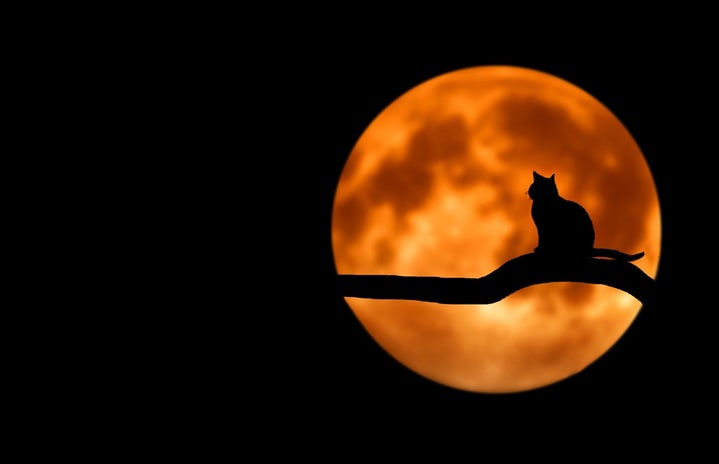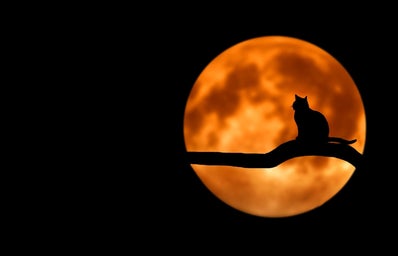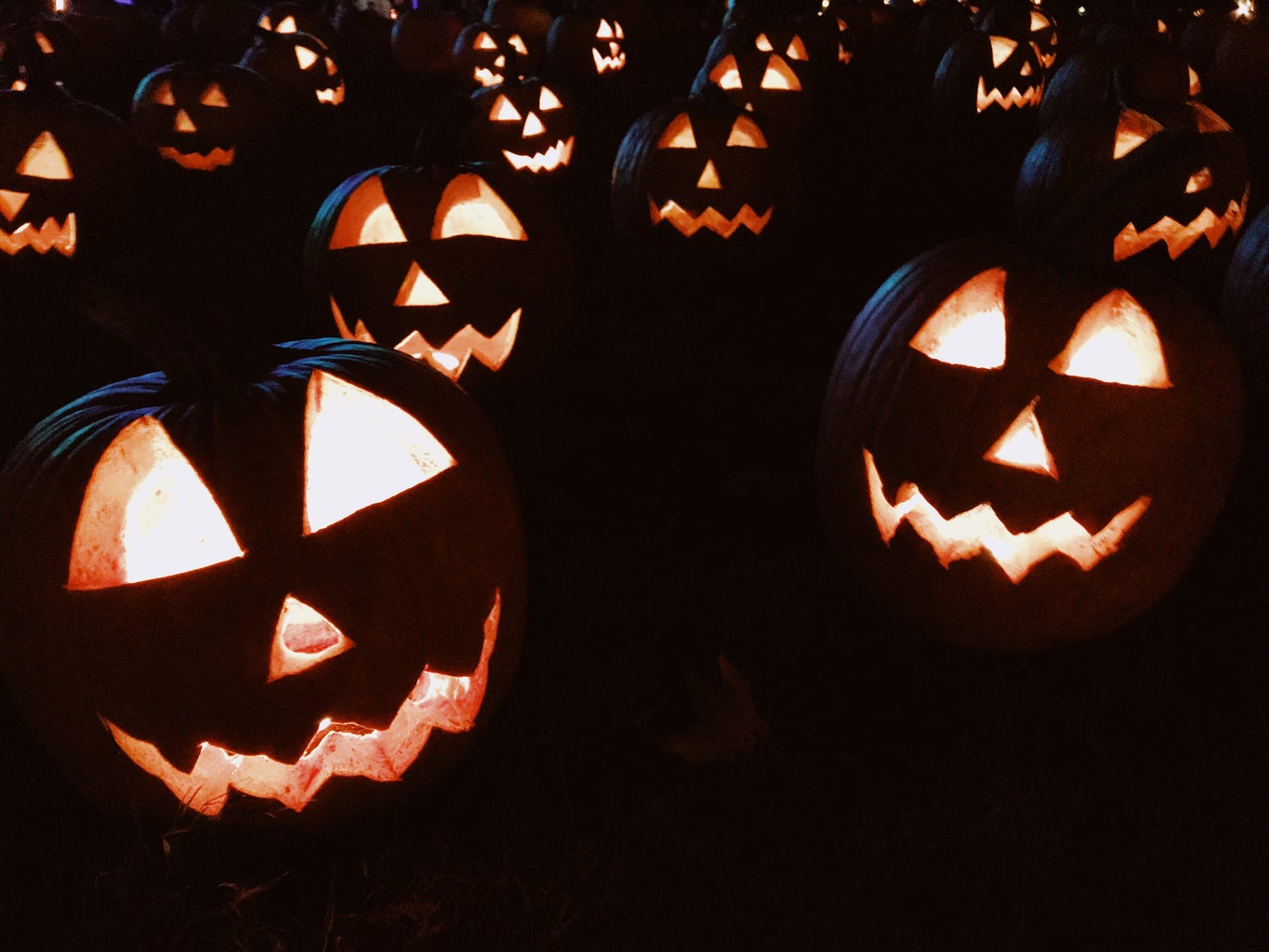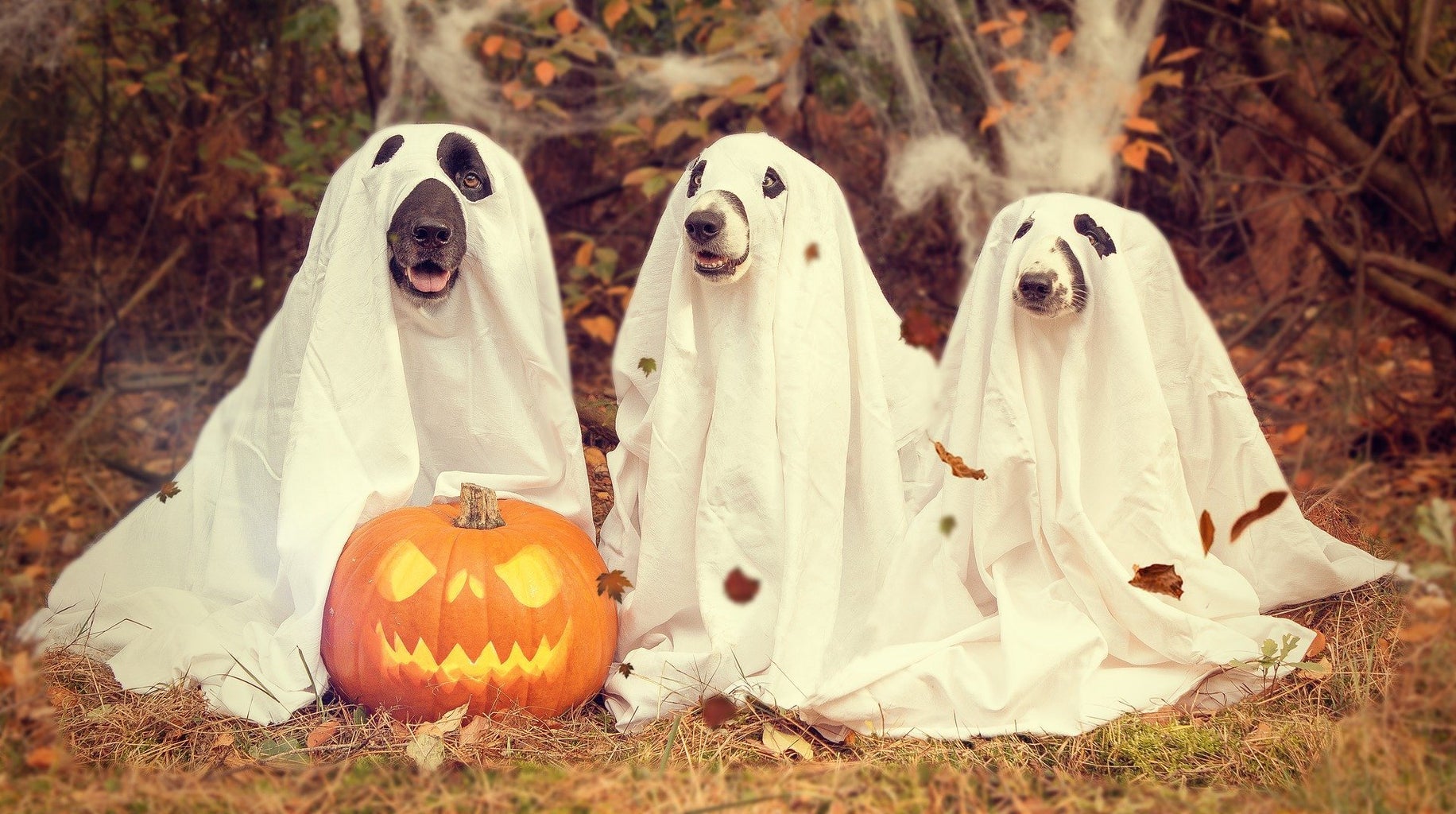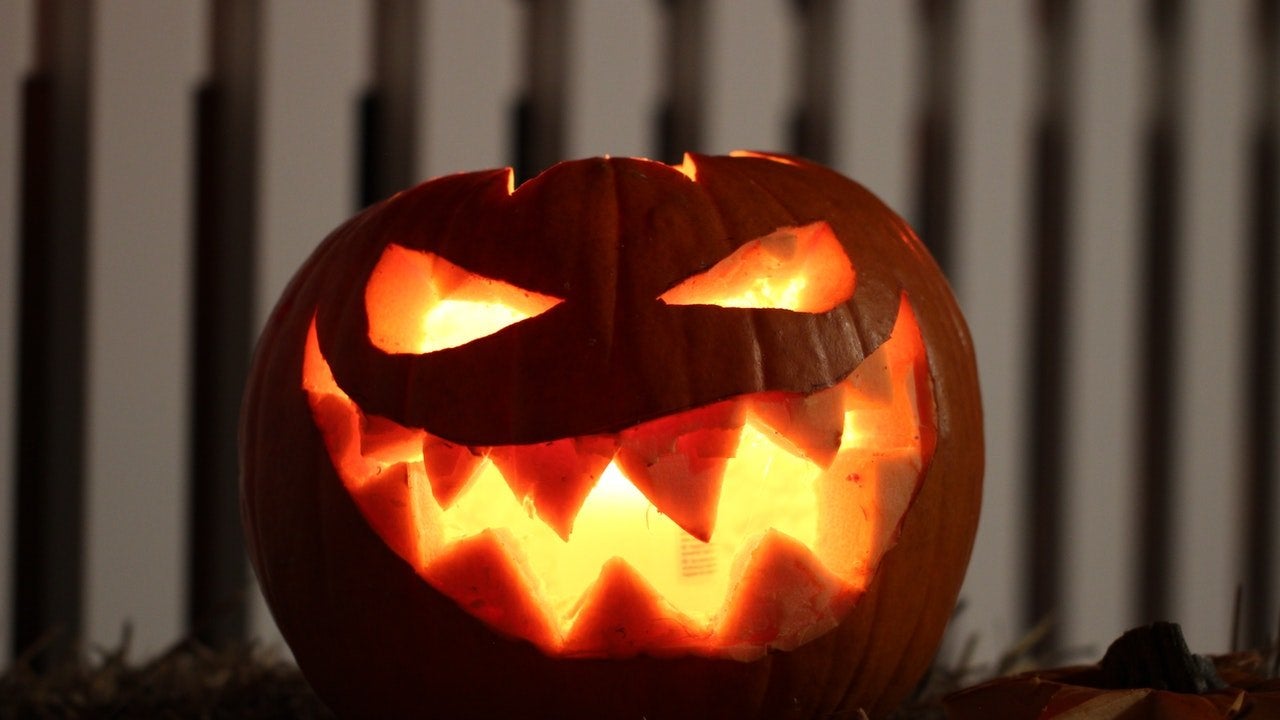It’s that time of year again when the air is getting cooler, the leaves are changing colors and pumpkins are adorning everyone’s porches. Fall is upon us and Halloween is right around the corner! It’s a holiday many of us enjoy from our early childhood years, dressing up and trick or treating with our friends, through our teenage and adulthood years. Although many of us forgo trick or treating as we grow older, it’s still a time to get together with friends, dress up, and have a great time.
Halloween is one of those holidays that many of us celebrate, but its origins stretch as far back as many centuries. It’s hard to believe such an Americanized holiday can have such archaic origins, but it does! Let’s go back many centuries to the British Isles before it was Christianized by Rome. The Celtic people celebrated the coming of the dark, cold part of the year with a celebration known as Samhain (pronounced sow-in, I know, completely different from how it looks!). The Celtic people believed that on this day, the veil between the living and the dead was the thinnest and that the spirits of the deceased could roam the earth. In order to scare away the spirits, people would make masks and wear them to ward off any spirits (sound familiar?).
It was also a time of prophecy where everyone would gather around a bonfire and celebrate together. They would dress up (again, sound familiar?) and tell each other’s fortunes. These fortunes and prophecies were done in order to try to predict what would come in the harsh winter ahead.
As the British Isles and Germanic Europe were gradually Christianized by Rome, this celebration began to change drastically. The pagan people of Western Europe wished to hold onto their traditions while the Roman Catholic church imposed a more modified version of this Samhain celebration. It began to change into what was called “All Saints Day”. Adults and children alike celebrated with bonfires, dressing up, and parades, but now their costumes were more akin to angels and devils.
Halloween became prominent in America as immigrants from Europe brought over their traditions. Celebration of Halloween was limited in strict Protestant colonies but widely celebrated in Maryland and other southern colonies. Colonial Halloween festivities were reminiscent of their European origins, with ghost stories and mischief. It was not popularized until more and more immigrants came, bringing their own traditions with them.
Halloween began to develop into its own phenomenon, as the idea of “trick-or-treating” gained popularity. Borrowing from the ancient European traditions, children began to dress up and go from house to house asking for food or money. Although it is much different from our modern-day version of trick-or-treating, it’s certainly interesting to analyze the origins of where we got the idea from!
Halloween continues to be a favorite holiday amongst people from across the globe, and we seem to love it just as much as the ancient Celtic people loved Samhain. It’s a celebration that has undergone many changes over the centuries, but one that still holds strong in spite of this. Whether you’re dressing up, passing out candy, or celebrating with friends at a party, stay safe and have a Happy Halloween!
